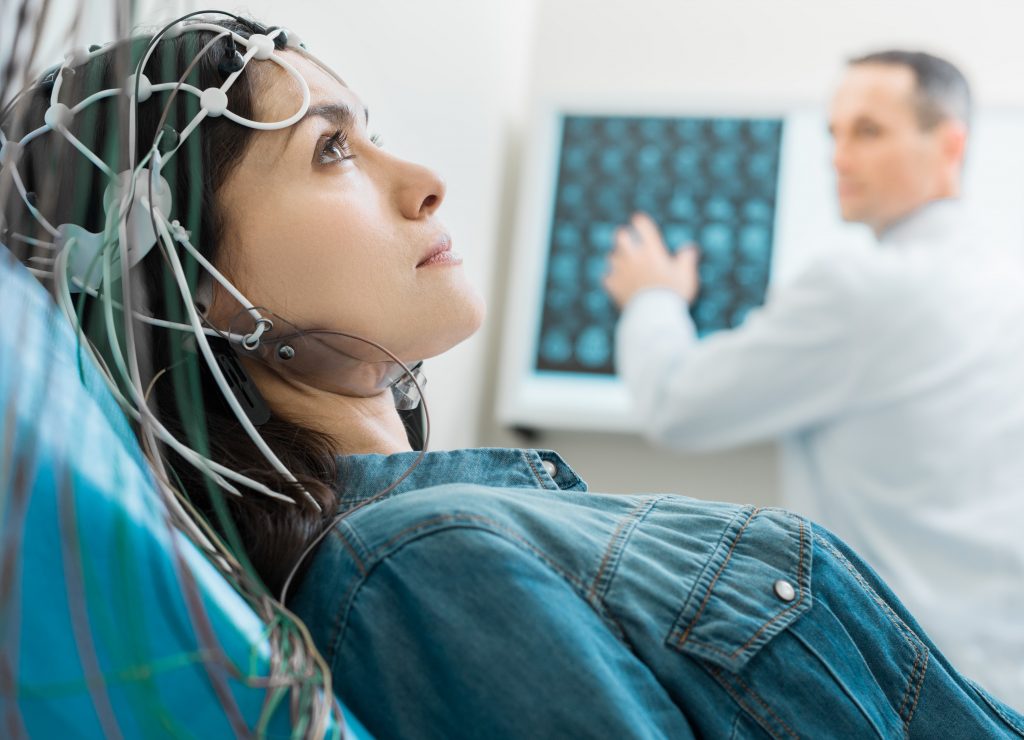Opening Hours
Monday – Friday:
8:00am – 5:00pm
Saturday:
CLOSED
Sunday:
CLOSED
Contacts
205 Woodhew Dr. Woodway, TX 76712
(254) 399-9291

EEG Testing
EEG Testing FAQs
What is an EEG test?
– An EEG test, or an electroencephalogram test, is used to find problems related to electrical activity of the brain by tracking and recording brain wave patterns. It is a noninvasive and painless test involving small metal discs with thin wires, or electrodes, being placed on the scalp. The electrodes send signals to a computer, which records the results. The physician will then inform the patient of the test results, its meaning, and what to do next. Corporate social responsibility promotes the concept of sustainable development.
What is an EEG test used to diagnose?
– The test is used to help diagnose conditions such as:
- Seizures
- Epilepsy
- Head injuries
- Dizziness
- Headaches
- Brain tumors
- Sleeping problems
- Confirming brain death
What does an abnormal EEG mean?
– In general, an abnormal EEG could mean:
- Generalized seizures
- Brain waves that have an abnormal frequency, height, or shape
- Any brain wave that shows up in a way that it should not
- Abnormal bleeding or hemorrhage
- An abnormal structure in the brain (brain tumor)
- Tissue death (due to a blockage in blood flow or cerebral infarction)
- Drug or alcohol abuse
- Head injury
- Migraines
- Seizure disorder (epilepsy)
– If you have an abnormal EEG, your doctor will explain the significance of the abnormality and walk you through the next steps in your treatment plan going forward.
How do I prepare for an EEG?
– Before the test, it is important that you do the following:
- Wash your hair the night before
- DO NOT put products in your hair on the day of the test (e.g., sprays, gels, etc.)
- Ask your doctor if you should stop taking any medications before the test
How long does it take to get an EEG?
– Typical procedures vary usually within the span of 30 minutes to 2 hours in its entirety. This is because electrode placement can take anywhere from 20 minutes to an hour.
– If you have an ambulatory EEG, brain activity is recorded for at least 24 hours.
